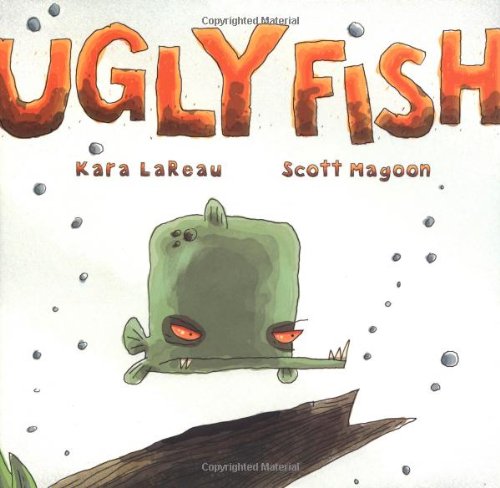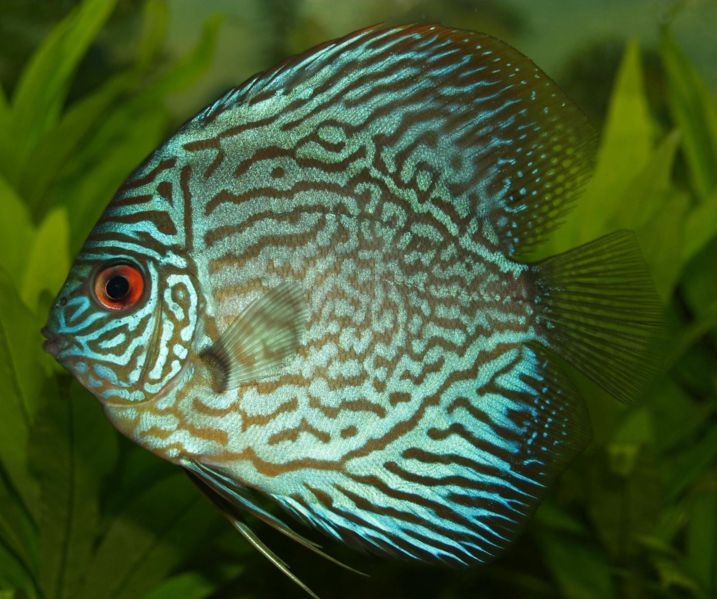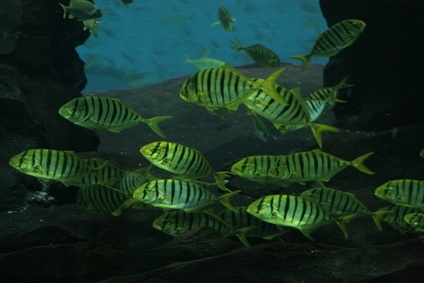
Ich (sometimes spelled Ick) and also known as white spot disease is a common problem in the aquarium world. It is actually a single celled parasite that floats through the water looking for a host. When it comes in contact with the skin or gills of a fish it will attach itself, feed on the blood and fluids of the fish, and grow. While it is growing it forms a white cyst on the skin or gills of the fish. This is the white spot many people notice to identify the parasite. Once it has been identified then treatment methods can be used to take care of the problem. However, ich can and often does kill fish. It is much better if you prevent your tank from getting ich rather than just to treat it when it happens.
Choose Your Fish With Care.
It is important that you take the time to pick out your fish. Buy them from reputable places when buying online. When buying from a fish store you should look at the fish in the tank. Buy only if all the fish look hearty and they show no signs of problems. If any of them have ich, don't buy from that tank. Better yet, don't buy from that store for a couple of weeks. These things will help prevent bringing ich home.
Quarantine.
Many new fish keepers don't quarantine fish and if you only have one fish tank this is really hard to do. However, if you are going to have multiple tanks or are buying expensive fish then it is important that you set up a small tank to use as a quarantine tank. To use your quarantine tank you should follow these steps.
Watch Your Plants.
Your plants won't get ich in the same manner, they can carry the parasite. This means you should buy plants from tanks that don't have fish. You should also quarantine it for a week or two. Finally it is a good idea to wash it a potassium wash.
Keep Your Fish Healthy.
Your fish are less likely to be susceptible to ich if they are healthy. To keep them in excellent shape make sure that you are doing all of the following.
Other Good Practices.
There are a few random practices that can also make a huge difference when you are dealing with fish and ich.
They say that prevention is worth a pound of cure and when it comes to ich you will be glad that you prevent it rather than just treat it. Remember that treating a tank for ich requires a daily water changes and other issues (See Treating Ich Naturally for more information on getting rid of it). However, you can save the headache by preventing it to begin with.
 10 Really Ugly Fish
Ugly ... ?Well of course bea
10 Really Ugly Fish
Ugly ... ?Well of course bea
 How to Take Care of The Baby Betta Fish
How to Take Care of The Baby Betta Fish
How to Take Care of The Baby Betta Fish
How to Take Care of The Baby Betta Fish
 What to Do About Bully Fish in an Aquarium?
What to Do About Bully Fish in an Aquarium?
What to Do About Bully Fish in an Aquarium?
What to Do About Bully Fish in an Aquarium?
 Freshwater & Saltwater Fish
Freshwater & Saltwater Fish
Freshw
Freshwater & Saltwater Fish
Freshwater & Saltwater Fish
Freshw
 Facets To Consider When Choosing A Cruise Rental
Sbiten is made at different ways, together non-alcoholic a
Facets To Consider When Choosing A Cruise Rental
Sbiten is made at different ways, together non-alcoholic a
Copyright © 2005-2016 Pet Information All Rights Reserved
Contact us: www162date@outlook.com